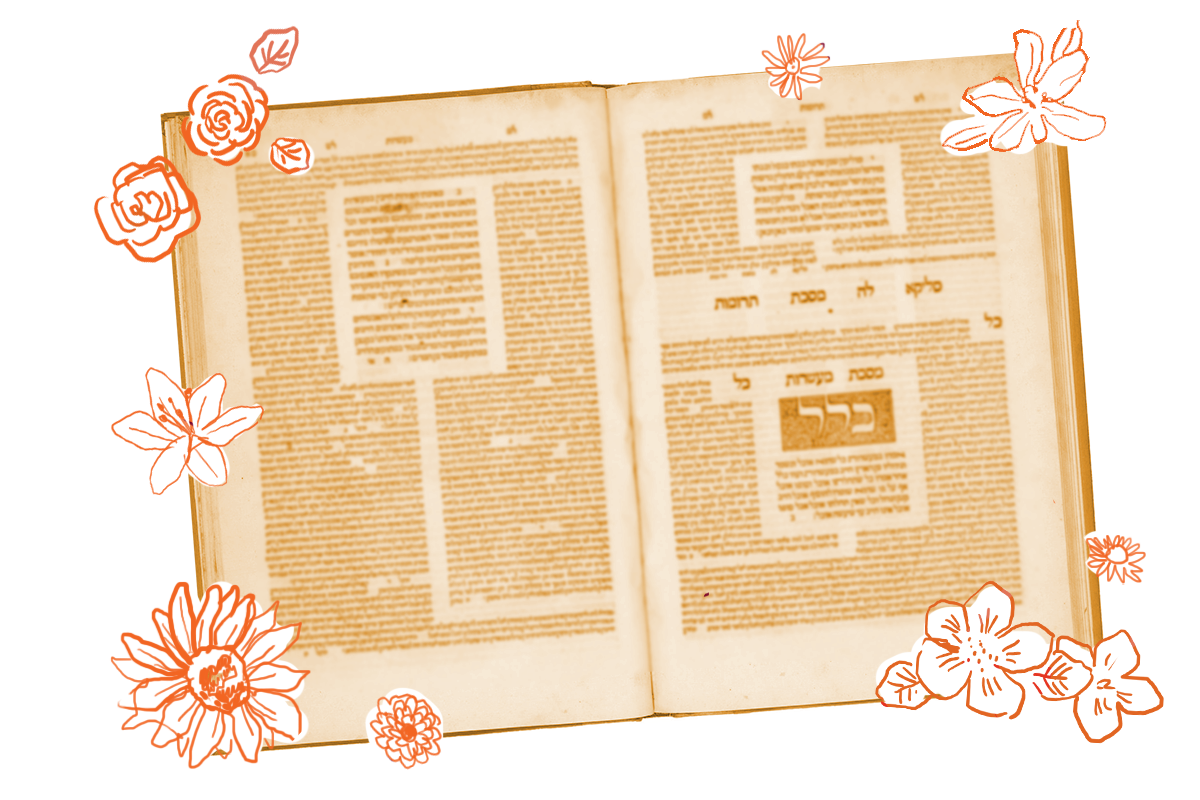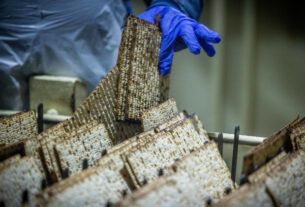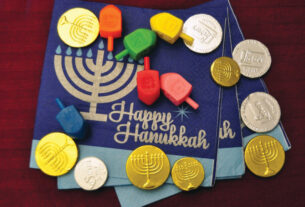One of the challenges that face those studying the rabbinic mindset is to understand how difficult it is to translate accurately from one language to another and do justice to the concepts.
Nowhere is this more obvious than in discussing issues of tum’ah and taharah, which are usually translated as “impurity” and “purity.” In English, for example, these words imply “clean,” in contrast to “unclean” or “dirty.” In Hebrew, though, they refer to states that describe different levels of sanctity, especially regarding holy spaces and who can and who cannot enter them. Other words are used for dirt and clean. Better translations for taharah and tum’ah would be “appropriate” and “inappropriate” or “ritually approved of” or “not ritually approved of.”
In ancient Israel, purity was a constant concern, but especially for the priests serving in the Temple who had to have the highest level of sanctity. They could only eat tithed food and perform their sanctuary duties when purified by going to a mikveh into which the ashes of a red heifer had been added. Similarly, ordinary people would go to the mikveh to enable a visit to the Temple, or to mark recovering from one physical state to another, such as sickness, a menstrual period, giving birth and handling the dead.
Since the destruction of the Temple, many aspects of the remarkably complex purity system have fallen into disuse. Nowadays, we are all considered to be in a state of tum’ah; no one is in a suitable state to enter the Temple area. But the idea of this system is maintained to mark transitions such as menstruation and birth and some Jewish mystics go to the mikvah at the start of each day (others, only before festivals).
On today’s daf, we see these laws relating to ritual purity applied to the materials used in making a sukkah. Although by the time of the Talmud most of these laws were no longer relevant, they were maintained for priests to keep the idea of the Temple alive (and perhaps with the hope that the Temple would be rebuilt and the priests would be ready to resume their sacred work).
Our mishnah establishes the principle that one of the requirements of s’chach of the sukkah was that it should be made of material that had grown from the ground and was in a state of taharah, meaning it was pure or ritually acceptable:
This is the principle: One may not use anything susceptible to impurity or that was not grown from the ground and now detached from it.
If the sukkah was made of materials that could receive tum’ah (impurity) that would be inappropriate, and one would not be able to fulfill their Torah obligation to dwell in the sukkah.
One may wonder why this should matter at a time when the Temple no longer functioned, and priests did not need to be ritually prepared. The rabbis maintained certain ritual restrictions for priests even after the Temple was destroyed to keep the memory and rules of the Temple and priesthood alive in case the Temple should ever be rebuilt or as some think out of nostalgia. Still today a kohen, a priest, may not go to a cemetery (except to visit the grave of a close family member) or marry anyone not allowed by the Torah to marry priests. And they have other special communal roles: delivering the priestly blessings and redeeming firstborn children. All this was to keep the memory of the Temple alive and a rejoinder to those who claimed that the traditions of the past had now been made redundant by new dispensations.
Read all of Sukkah 12 on Sefaria.
This piece originally appeared in a My Jewish Learning Daf Yomi email newsletter sent on July 19th, 2021. If you are interested in receiving the newsletter, sign up here.
The post Sukkah 12 appeared first on My Jewish Learning.




